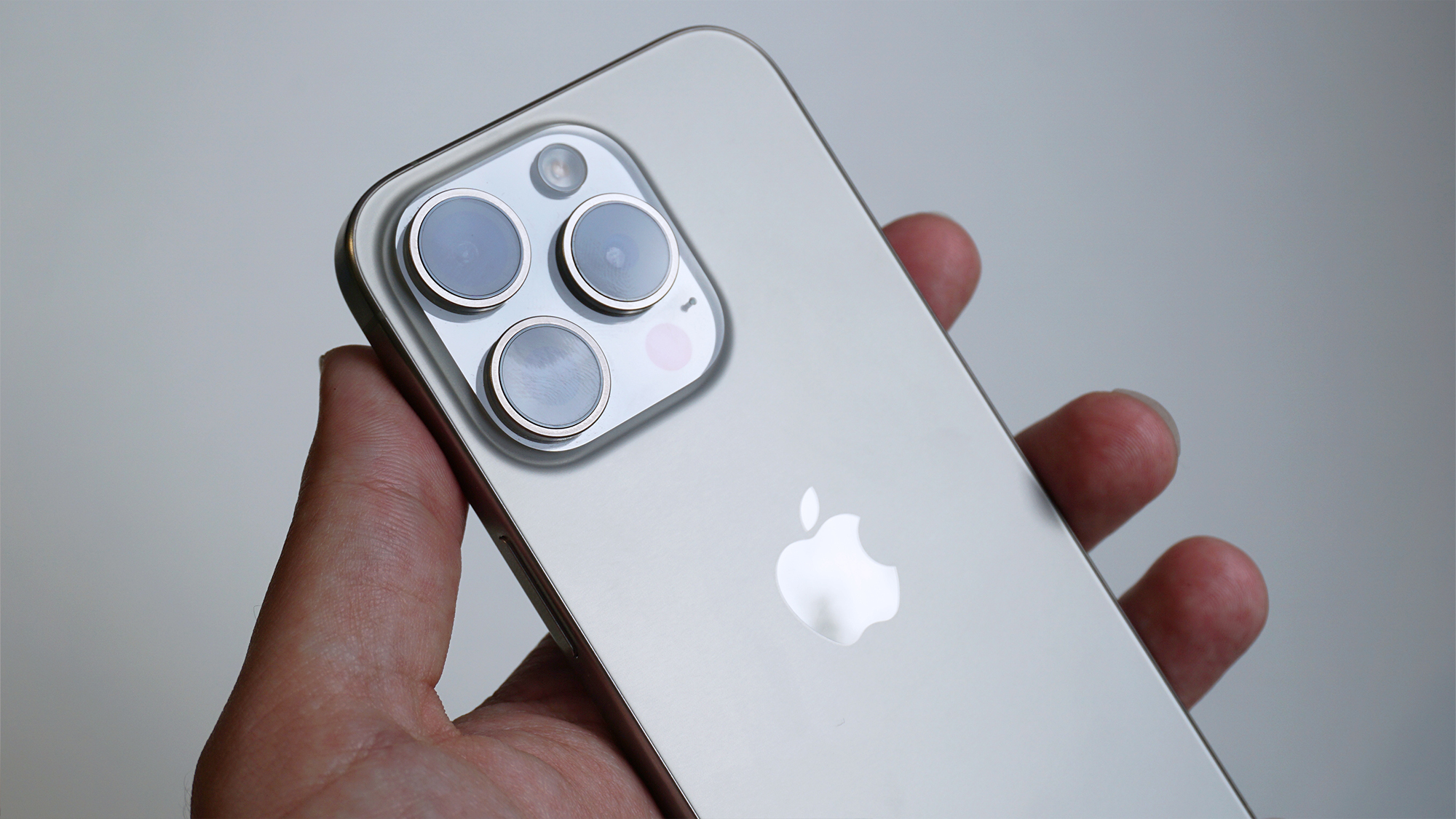
Apple's iPhone 15 Pro is the best iPhone yet in terms of the photos it can take, not to mention its ability to capture spatial videos for playback on the Apple Vision Pro headset. But it suffers from some of the same issues that iPhones have suffered from for years, including one related to that impressive camera setup. Now, a new leak suggests that there could finally be some light at the end of the tunnel.
The issue at hand is camera flare, something that cameras in general can struggle with. Lens flare and other similar light-related artifacts occur when a strong source of light, like the sun for instance, hits the camera's lens and causes strange artifacts. It's something that not everyone hates — it can create something of an artistic look in some people's eyes — but it can also be problematic. Some iPhone videos in particular can exhibit the flare problem when capturing content at night where street lamps and similar sources of light are involved. But there is now a suggestion that the upcoming iPhone 16 Pro and iPhone 16 Pro Max might have an ace up their sleeves that could do away with such lens flares once and for all.
The suggestion is that Apple intends to use a new antireflective coating that will seek to reduce the light that bounces around inside a camera's lens, reducing the flare and similar artifacts in the process. And with Apple expected to announce the new iPhones within months, the age-old problem could finally be something of the past. So long as you plan on buying a new iPhone, that is.
A flare-ing problem
This is all according to the yeux1122 account on the Naver blog which cites an unnamed source within Apple's supply chain. According to the post, via machine translation, "Apple is said to be testing a camera lens with new coating technology for application on the next iPhone Pro model." The leak goes on, saying that there is an expectation for the "additional introduction of new ALD atomic layer deposition (ALD) equipment" into the supply chain. "Through this, we will be able to see improvements in the quality of photography, such as a reduction in flares."
It's expected that the ALD process will allow for a thin layer of an antireflective coating to be added to the new iPhone's camera lenses so as to reduce the lens flare effect we're all so familiar with.
If Apple sticks to its familiar release cadence we can expect it to announce the new iPhones during an event in September before making them available to buy around 10 days later. The new iPhones are likely to be announced alongside new wearables with the Apple Watch X and a refreshed Apple Watch Ultra possibly in the cards. Rumors of a focus on generative artificial intelligence continue, with the iOS 18 software update thought to be a key aspect of that. Rumors suggest Apple will announce some of those features at the now-confirmed June 10 WWDC event.







